General Motors Death Watch 85: The Calm Before the Storm
First, let’s not forget that a $3.2b dollar loss is a $3.2b dollar loss. Sure, if GM hadn’t bought out 34,410 UAW workers’ contracts, it might’ve made a $1.2b profit. And if my grandmother had wheels, she’d be one of those trolley cars that GM removed from city streets in the 40’s. More to the point, GM’s US market share is still in decline, down 3.1% from last year, to 24%. Until and unless that changes, the “one time charges” related to production downsizing won’t be enough. Or, if you prefer, they signal the beginning of a trend, not the end.
So if things are so bad for GM, where did all the profit come from? As TTAC’s Deep Throat has pointed out, GM’s public promise to wean itself off fleet sales, to boost residuals and transaction prices, isn’t being born out at the sharp end. In the second financial quarter, GM sold at least 120k high content units to rental fleets. The General also sold their new LWB GMT-900 SUV’s to dealers, which carry fat margins. [NB: In this case, “sold” means shipped to dealers.]
And then there’s accounting. For the second financial quarter’s statement, GM made some pension calculation adjustments, reduced their warranty charge (lowering their warranty reserve fund on the supposition that their vehicles are getting better), booked some workers costs (which previously appeared as expenses) against previously charged restructuring costs and benefitted from a strengthening Canadian dollar.
In fact, if not for the GMAC dividend of $900m, GM’s cash position wouldn’t have changed. So while it looks like The General’s making earnings, cash generation from operations isn’t getting better. GM still has an inventory problem at its dealers, which isn’t going to go away without massive incentives. And thanks to hundreds of thousands of “zero percent financing for anyone with a pulse” deals, the loan rate buy down is probably on the order of several thousand dollars per vehicle.
Pistonheads have a better grasp of the situation than the bean counters. They know GM has failed to produce a runaway best seller (or sellers) to replace their [once] hugely profitable SUV’s. They know that it’s business as usual down at their local Buick, Chevy, Cadillac, Saab, Saturn, GMC and Pontiac dealer— at least from a product point of view. From a financial perspective, there’s been a huge change. Again, GM’s dealers have been writing bad paper; lots and lots of bad paper.
It’s Mitsubishi redux. The Japanese manufacturer’s US fortunes foundered on the rocks of easy credit, when hundreds of thousands of borrowers defaulted on their loans. There is every reason to believe GM’s bad paper will also spontaneously combust, leaving dealer lots stuffed with vehicles no one wants and a big old hole in their accounts receivable. The practice may appear better than offering large discounts on slow selling GM products. But if you think about the implications of writing bad loans in the medium to long term, it isn’t.
There are other dark clouds on the horizon. GM watchers seem to have forgotten about bankrupt auto parts supplier Delphi. While most industry wonks discount the possibility of a strike– now that GM’s paid thousands of Delphi’s UAW workers not to work– there’s still an August drop deadline for union – management agreement, and no agreement. At the same time, we hear ominous rumblings that other GM suppliers may not make it out of Chapter 11. And while analysts have hip-hip-hoorayed GM’s job cuts and plants closures, they would do well to remember that reducing production in the third financial quarter will create a significant drop in revenue.
Meanwhile, the list of assets GM put on the line for its new secured credit facility should give GM boosters pause for thought: “certain” North American accounts receivables, unspecified vehicle inventories, the entire Saturn brand, its Canadian operating unit (plants and property) and 65% of GM de Mexico. In short, The General has wandered into the pawn shop with a large list of assets to secure credit it once enjoyed on the back of its income. Add GM’s dicey cash position and the situation doesn’t fill me with $30 a share confidence in the company’s future. But hey, that’s me.
The real bottom line is that GM is a car maker. There’s only one way out of their current death spiral: produce enough vehicles that people want to buy at a price that makes the company enough profit to stay in business. It still ain’t happening.
More by Robert Farago
Latest Car Reviews
Read moreLatest Product Reviews
Read moreRecent Comments
- Joe65688619 My last new car was a 2020 Acura RDX. Left it parked in the Florida sun for a few hours with the windows up the first day I had it, and was literally coughing and hacking on the offgassing. No doubt there is a problem here, but are there regs for the makeup of the interiors? The article notes that that "shockingly"...it's only shocking to me if they are not supposed to be there to begin with.
- MaintenanceCosts "GLX" with the 2.slow? I'm confused. I thought that during the Mk3 and Mk4 era "GLX" meant the car had a VR6.
- Dr.Nick What about Infiniti? Some of those cars might be interesting, whereas not much at Nissan interest me other than the Z which is probably big bucks.
- Dave Holzman My '08 Civic (stick, 159k on the clock) is my favorite car that I've ever owned. If I had to choose between the current Civic and Corolla, I'd test drive 'em (with stick), and see how they felt. But I'd be approaching this choice partial to the Civic. I would not want any sort of automatic transmission, or the turbo engine.
- Merc190 I would say Civic Si all the way if it still revved to 8300 rpm with no turbo. But nowadays I would pick the Corolla because I think they have a more clear idea on their respective models identity and mission. I also believe Toyota has a higher standard for quality.



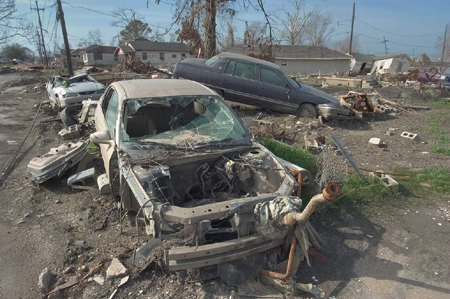















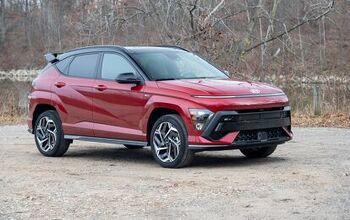




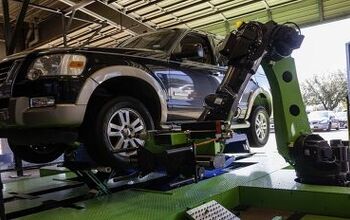

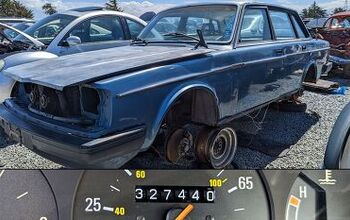

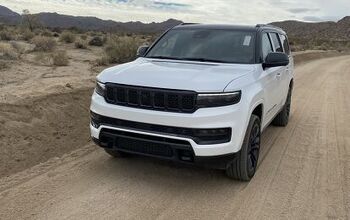


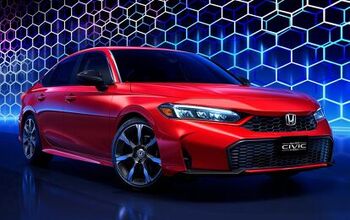
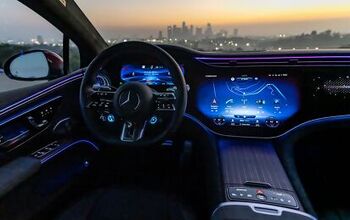
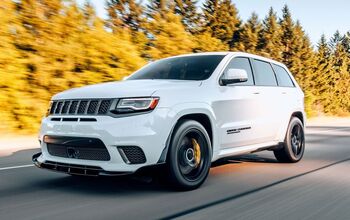
Comments
Join the conversation
Strangely, no one here (or anywhere else that I've noticed) has recommended GM put more resources into building trucks. Which, of course, is just what they've done. GM is rushing their new Silverado/Sierra trucks into production to get them on dealer lots this year. Wagoner and a few other execs talked at the product intro (which was webcast) yesterday and three things occurred to me: 1. Sure. Accelerating large truck to market. This will help. Not. 1A. And it will probably do wonders for the build quality. 2. The sucking-up should never be done on-camera or at least not broadcast to the public. 3. Wagoner should stop talking about their "hybrids" as though they are actual hybrids. Is it time for Death Watch #86?